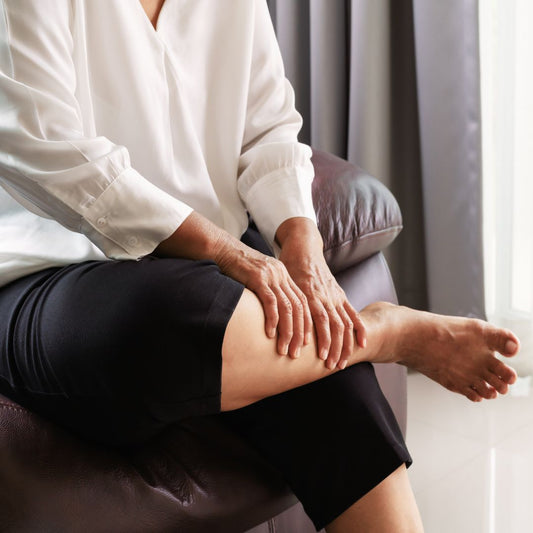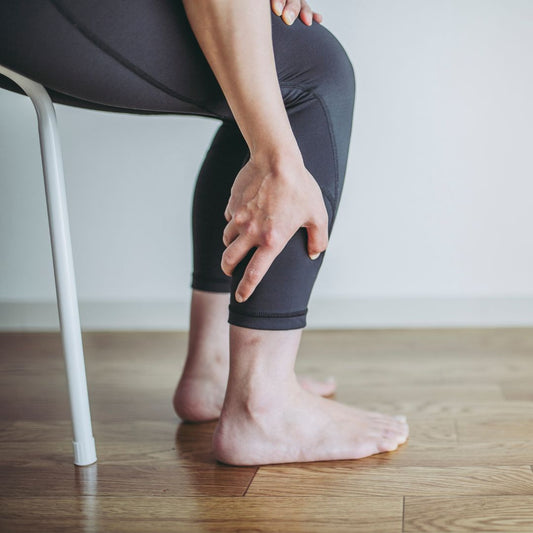By Dr. Peter Klapper Ph.D.
What causes warts and how do warts spread? Before medicine hit its stride, many believed that frogs and toads were to blame for these growths, no doubt thanks in part to the small bumps that the amphibians are covered in. Now we know that one of the many strains of the human papillomavirus is the culprit behind warts, but until very recently, we didn’t know as much about how warts spread from person to person. HPV spreads like any other virus, so it’s an accepted fact that contact with warts could cause more warts, but places like public pools and showers have been targeted as wart hotspots. Are these places really the hives of HPV many believe them to be?
The study we’re focusing on today, conducted by researchers at Leiden University Medical Center, tracked the status of children over a one-year period, and the numbers collected reveal some pretty surprising things. To start, the biggest cause of warts in kids wasn’t public pools or showers – it was their family at home. Children with afflicted family members were more than twice as likely to develop warts. Why?
The study found that a child’s risk of developing warts was most affected by the amount of time spend exposed to the virus or the overall amount of exposure. Kids who only momentarily entered a place like a public shower, a location doubtlessly visited by many people with warts, had a much lower risk than those who lived with a single afflicted person.
Warts are extremely common in the Netherlands, where this study took place. In fact, 1 in 3 children in primary school already have warts, leaving parents wondering how to remove a wart as quickly as possible to avoid spreading the uncomfortable growths to other students. Why are warts so prevalent in schools? Because that’s where children spend a large portion of their time – similarly to home.
The study itself took data from 1,000 children ages 4 to 12. Each was examined by a researcher and asked a number of questions about how often the child interacts with people who have warts and how often the child engaged in typically “risky” activities like playing sports barefoot or visiting public swimming pools. About 30% of the children in the study developed warts over the year-long experiment, and unsurprisingly, children who went into the study with warts were more susceptible than children who didn’t.
What about the factor of genetics? Couldn’t a higher likelihood of contracting a wart from a family member point to a higher genetic susceptibility to warts? The researchers had the same concern, but eventually dismissed it because of how drastically school influenced the numbers – all signs point to prolonged exposure being the biggest culprit.
Will this change how warts are dealt with and prevented in the public eye? What are warts doing under the surface? Most public guidelines on how to avoid warts tell you to wear flip-flops in the shower and cover your warts with a bandage at public pools, but it seems that the best way to prevent warts is to cover them up at home. No matter where you are or what you’re doing, keep your warts covered and they won’t spread as easily – simple as that. It’s especially important to cover these growths at home and school – these are the two places that warts spread most.
Follow these tips and spread the word!
What causes warts and how do warts spread? Before medicine hit its stride, many believed that frogs and toads were to blame for these growths, no doubt thanks in part to the small bumps that the amphibians are covered in. Now we know that one of the many strains of the human papillomavirus is the culprit behind warts, but until very recently, we didn’t know as much about how warts spread from person to person. HPV spreads like any other virus, so it’s an accepted fact that contact with warts could cause more warts, but places like public pools and showers have been targeted as wart hotspots. Are these places really the hives of HPV many believe them to be?
The study we’re focusing on today, conducted by researchers at Leiden University Medical Center, tracked the status of children over a one-year period, and the numbers collected reveal some pretty surprising things. To start, the biggest cause of warts in kids wasn’t public pools or showers – it was their family at home. Children with afflicted family members were more than twice as likely to develop warts. Why?
The study found that a child’s risk of developing warts was most affected by the amount of time spend exposed to the virus or the overall amount of exposure. Kids who only momentarily entered a place like a public shower, a location doubtlessly visited by many people with warts, had a much lower risk than those who lived with a single afflicted person.
Warts are extremely common in the Netherlands, where this study took place. In fact, 1 in 3 children in primary school already have warts, leaving parents wondering how to remove a wart as quickly as possible to avoid spreading the uncomfortable growths to other students. Why are warts so prevalent in schools? Because that’s where children spend a large portion of their time – similarly to home.
The study itself took data from 1,000 children ages 4 to 12. Each was examined by a researcher and asked a number of questions about how often the child interacts with people who have warts and how often the child engaged in typically “risky” activities like playing sports barefoot or visiting public swimming pools. About 30% of the children in the study developed warts over the year-long experiment, and unsurprisingly, children who went into the study with warts were more susceptible than children who didn’t.
What about the factor of genetics? Couldn’t a higher likelihood of contracting a wart from a family member point to a higher genetic susceptibility to warts? The researchers had the same concern, but eventually dismissed it because of how drastically school influenced the numbers – all signs point to prolonged exposure being the biggest culprit.
Will this change how warts are dealt with and prevented in the public eye? What are warts doing under the surface? Most public guidelines on how to avoid warts tell you to wear flip-flops in the shower and cover your warts with a bandage at public pools, but it seems that the best way to prevent warts is to cover them up at home. No matter where you are or what you’re doing, keep your warts covered and they won’t spread as easily – simple as that. It’s especially important to cover these growths at home and school – these are the two places that warts spread most.
Follow these tips and spread the word!




